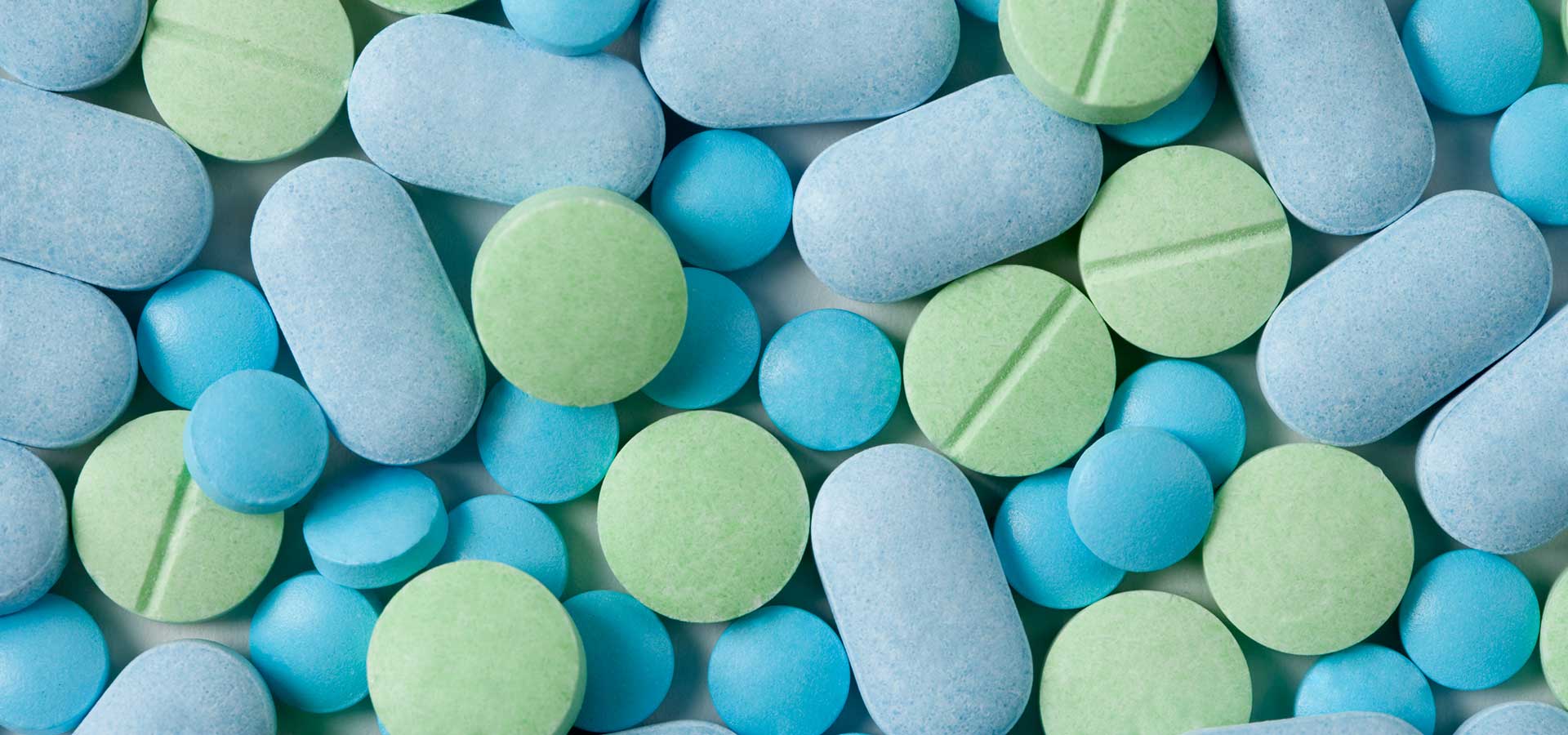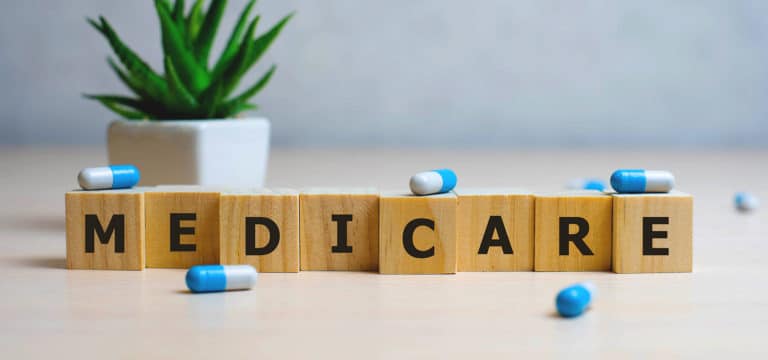Are Generic Drugs Always Cheaper Than Brand Names With Part D?
Why Generics Should Cost Less Than Brand-Name Prescriptions
The FDA says generic medications offer the same risks and benefits as their brand-name equivalents. The organization says they regulate generic manufacturers as strictly as the original producers to ensure quality, safety, and effectiveness.
Primarily, patients and doctors have turned to generics because they can offer a cheaper alternative to brand-name drugs. When multiple generics for the same medication compete on the market, prices might drop as much as 85 percent. The lower price makes sense because the manufacturers don’t need to repeat all the research and studies that the initial producer already invested in.
Why Do Some Part D Plan Members Pay More for Generics?
Even though common sense would suggest that generic medication should almost always cost less than its brand-name counterpart, some consumers may not have the same experience.
A study recently published by Health Affairs demonstrated some Medicare beneficiaries with Part D prescription plans might pay more for generics under certain conditions. This situation only impacts Part D members who spend enough money to enter the Part D coverage gap.
How the Part D Donut Hole Impacts Prescription Costs
Part D plans begin the year by charging patients for prescriptions according to a formulary. These consist of multiple drug tiers with various cost-sharing amounts. For a simple example, a plan might have one tier for generics, one for common brand-name medications, and one for specialty drugs. Lower prices for generics than brand-names and for brand-names than specialty drugs encourage patients and prescribers to seek low-cost options when possible.
After purchasing $4,430 worth of prescriptions in 2022, patients enter what’s popularly called the “donut hole.” During this phase, patients pay 25 percent of the cost of either generic or brand-name prescriptions. Plan members will exit the donut hole and get catastrophic coverage after spending $7,050. The way that the government calculates out-of-pocket spending can cause the imbalance:
- Generics: Patients pay 25 percent, and the Part D plan picks up 75 percent, but only the 25 percent that the patient spends counts towards spending.
- Brand names: Patients pay 25 percent, manufacturers discount 70 percent, and the Part D plan picks up five percent. The patient’s spending total includes the amount spent plus the discount.
Thus, Part D members who buy brand-name medications may exit the donut hole and enjoy catastrophic coverage faster than patients who spent the same amount on generic drugs. Under catastrophic coverage, patients pay $3.95 for generics and $9.85 for brand names.
This loophole only impacts the Medicare beneficiaries who spend the most on prescriptions because many never enter the donut hole. Still, it looks like an odd loophole and could impact patients who need their medications the most.
Find the Right Medicare Insurance for Your Unique Needs
Many Medicare beneficiaries struggle to understand the complexities and coverage choices offered by various Medicare insurance plans, including Medicare Advantage, Medicare supplements, and Part D plans. Contact The Insurance Hub for a free consultation from an experienced, licensed Medicare insurance agent.







